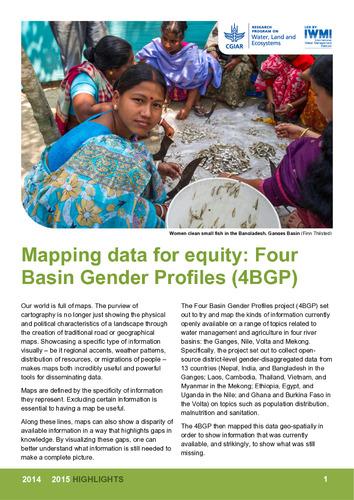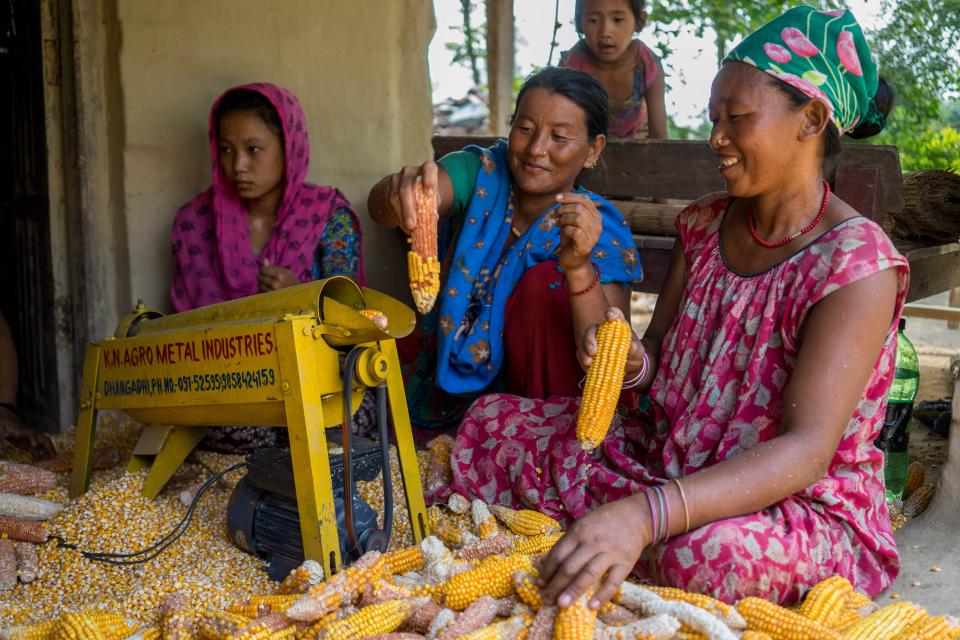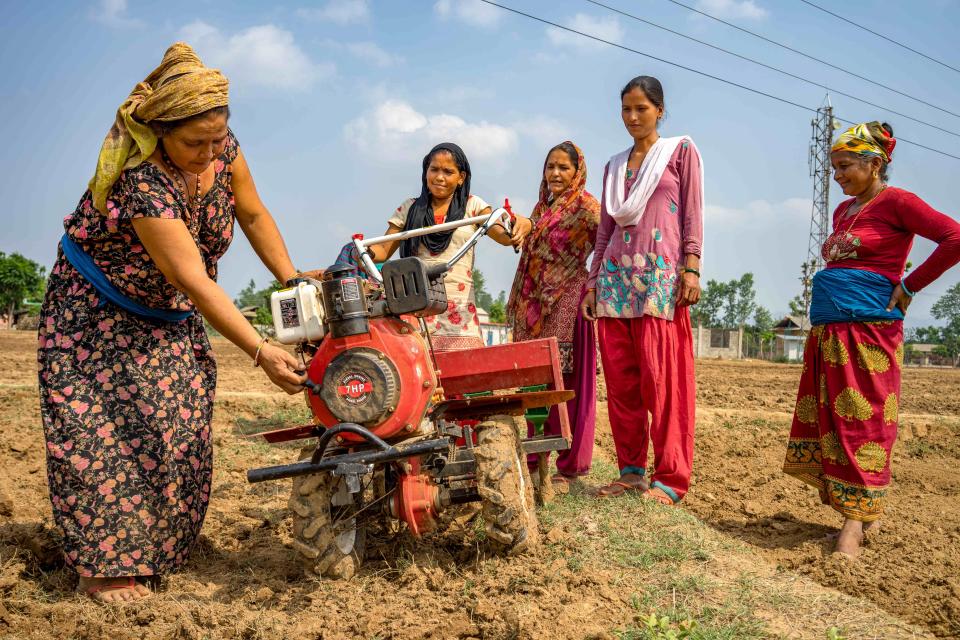Guidelines for mapping the preferences in gender sensitive product profiles
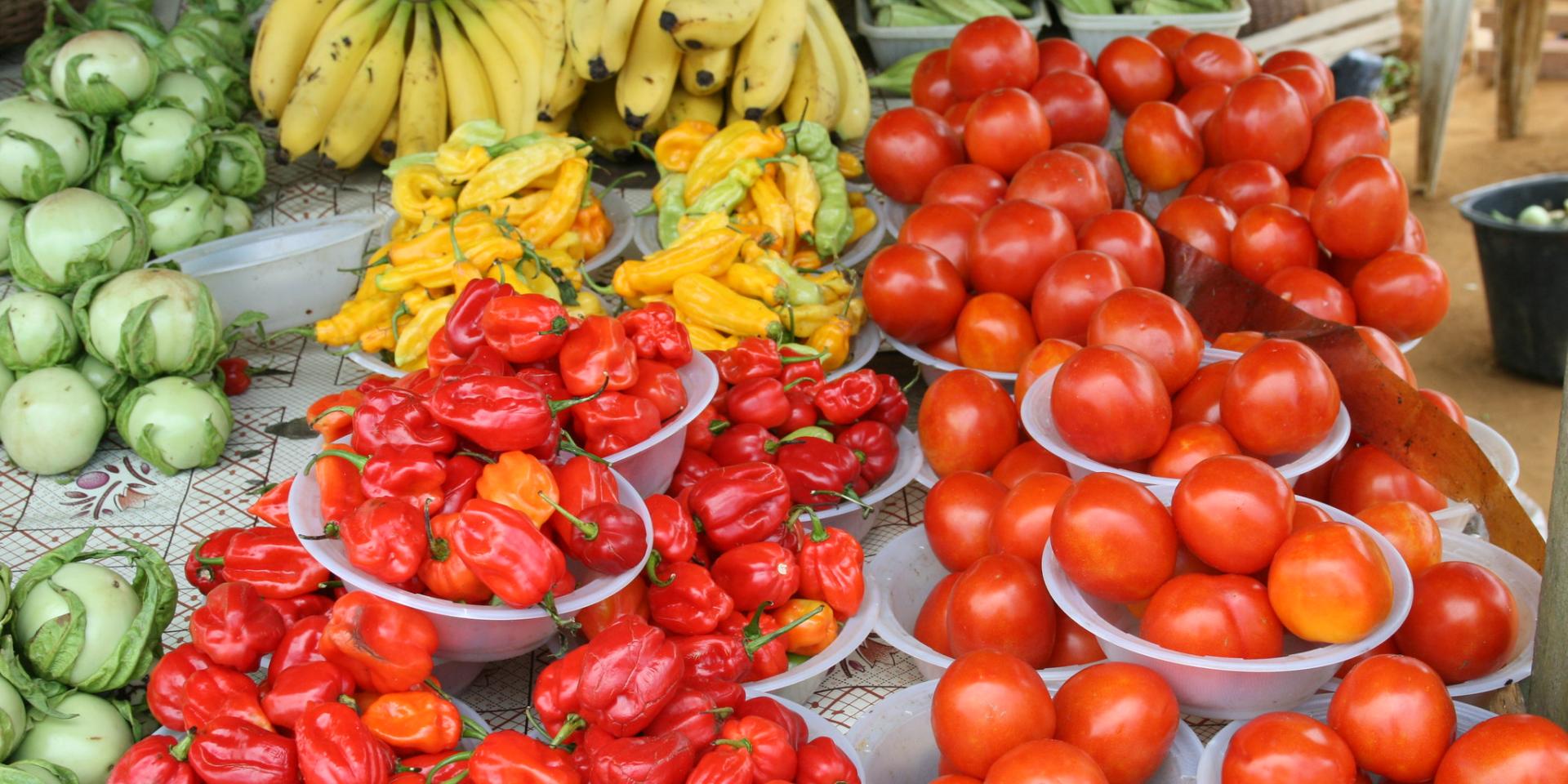 Photo: AusAID
Photo: AusAID
This manual guides scientists, database managers and ontology curators to integrate in the ontology the proper social dimensions documenting trait preferences and use it to annotate the participatory trials or end-user surveys data stored in the databases or repositories.
Why are these guidelines important?
These guidelines were developed to guide scientists, database managers and ontology curators to integrate the proper social dimensions documenting trait preference in the ontologies and use it to annotate the participatory trials or end-user survey data stored in the databases or repositories. The development of breeding product profiles targeting specific market segments or consumer segments supposes that breeders can access interpretable information about the key preferences of the end users. The translation or interpretation of the collected preferences into traits and variables to make it interpretable and measurable by breeders is not always straightforward; this guide shows how.
Who are these guidelines for?
The guidelines were produced for the Research Programme on Roots, tubers and Bananas (RTB) and the RTB Foods project with the support of the CGIAR GENDER Platform.
The guidelines help scientists, database managers and ontology curators integrate the proper social dimensions documenting trait preferences in the ontology and use it to annotate the participatory trials or end-user surveys data stored in the databases or repositories.
How can I use the manual?
The crop ontology is integrated in the RTB breedbases to annotate the trait data and create fieldbook templates. Crop ontology can support the harmonization of the assessments or measurements of product properties and support data interpretation across social groups and provide interoperability in the Breedbase.
The manual includes the following areas:
- Social dimensions of a breeding strategy
- Breeding and food product profile template
- Providing interpretable descriptive information about preferences
- Mapping users’ preferences to traits interpretable by breeders and food scientists
- An ontology to describe market segments
When and how was it developed?
The Guidelines for mapping the preferences in gender sensitive product profiles to crop ontology and creating a consumer segment ontology, led by the Alliance of Bioversity International and the International Center for Tropical Agriculture (CIAT), were developed in February 2022.
Where can I get the manual? Who can I contact?
Download the manual here (1.58MB).
Publications

Guidelines for mapping the preferences in gender sensitive product profiles to crop ontology and creating a consumer segment ontology. Version 1.0.
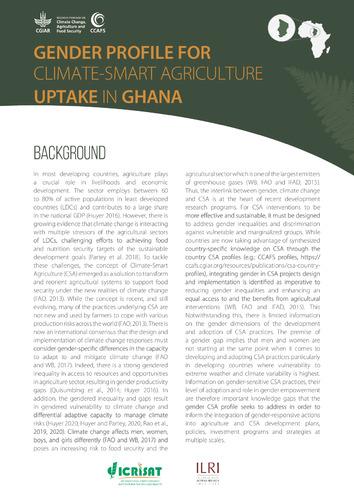
Gender profile of climate-smart agriculture in Ghana
